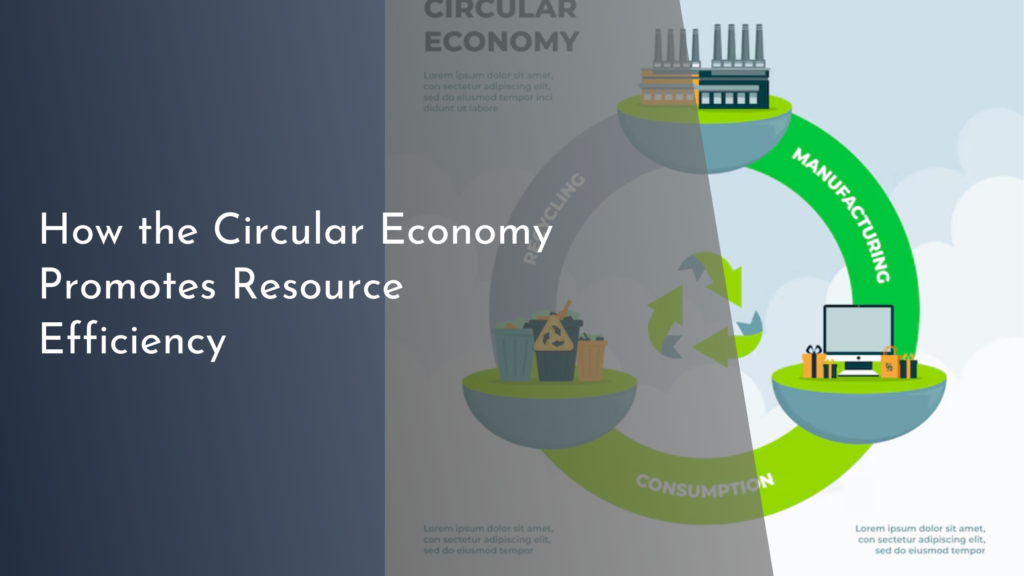How Urban Forestry Combats Urban Algae Blooms
Urban areas are often bustling with activity, but they also face unique environmental challenges. One of these challenges is the phenomenon of urban algae blooms, which can significantly affect water quality and biodiversity in cities. Algae blooms—rapid increases in algae growth—can lead to detrimental effects on aquatic ecosystems, including oxygen depletion and habitat loss for fish and other aquatic organisms. However, a growing movement towards urban forestry is proving to be a powerful tool in combating these blooms and promoting healthier urban ecosystems.
Urban forestry encompasses the planting and maintenance of trees within urban areas, aiming to enhance the quality of life for city residents while also addressing environmental concerns. By integrating trees into urban planning and initiatives, cities can leverage the many benefits that urban forests provide. From improving air quality to providing shade, urban forests represent a multifaceted approach to creating sustainable cities that effectively combat the challenges posed by urban algae blooms.
Understanding Urban Algae Blooms and Their Impact on Cities
Urban algae blooms typically occur when nutrient-rich runoff from streets, lawns, and industrial areas enters water bodies. This runoff, often laden with phosphorus and nitrogen, can create an environment conducive to rapid algae growth, leading to thick mats of algae covering lakes, ponds, and rivers. These blooms can create an unsightly appearance, release toxins harmful to human health, and deplete oxygen levels in the water, causing die-offs of fish and other aquatic life. As cities continue to grow, the risk of these blooms increases, making it essential to find effective solutions.
The impact of urban algae blooms extends beyond environmental issues; they also have economic consequences. Recreational areas like parks and lakes can become unusable, affecting local tourism and community well-being. Moreover, municipalities may face increased costs associated with managing water quality and treating contaminated water supplies. As a result, addressing urban algae blooms has emerged as a priority for city planners and environmentalists alike, creating a pressing need for innovative strategies that can mitigate this problem.
The Role of Urban Forestry in Environmental Health
Urban forestry plays a crucial role in maintaining ecological balance and fostering environmental health in cities. Trees are natural water filters; their root systems absorb excess nutrients from the soil and surrounding water bodies, reducing the likelihood of nutrient runoff that can contribute to algae blooms. Additionally, trees help to stabilize the soil, minimizing erosion and preventing sediment from entering local waterways, which can exacerbate algae growth. The integration of green spaces in urban planning not only enhances the aesthetic appeal of cities but also serves vital ecological functions.
Furthermore, urban forests contribute to improved air quality by absorbing pollutants and releasing oxygen. This creates a healthier atmosphere, which is essential for urban resilience against climate change and other environmental pressures. As cities increasingly face the challenges of urbanization, urban forestry offers a sustainable way to enhance biodiversity, support wildlife, and create healthier living conditions for residents. The interplay between trees and water quality can be a game-changer in addressing urban algae blooms and fostering long-term environmental health.
How Trees Help Improve Water Quality and Reduce Algae
Trees contribute to improved water quality through several mechanisms. First, their canopies intercept rainfall, allowing water to evaporate or infiltrate the soil rather than running off directly into water bodies. This process reduces the amount of stormwater runoff, which is often loaded with pollutants and nutrients that can fuel algae blooms. Additionally, the root systems of trees create a network in the soil that enhances infiltration, allowing water to be absorbed and filtered naturally before reaching streams and rivers.
Moreover, trees can enhance the biodiversity of urban areas, providing habitat for birds and other wildlife that contribute to the ecological balance. This biodiversity is vital for creating a healthy ecosystem, as various species can help control pests and maintain the natural order. By planting more trees and fostering urban green spaces, cities can create a robust natural environment that not only combats the proliferation of algae but also promotes overall health and resilience in urban ecosystems.
Success Stories: Urban Forestry Triumphs Against Algae!
Cities around the world are taking innovative approaches to urban forestry with remarkable success in combating algae blooms. For example, cities like Portland, Oregon, have implemented extensive tree-planting initiatives that not only beautify neighborhoods but also significantly improve water quality in local watersheds. Through community engagement and strategic planning, Portland has seen a decrease in nutrient runoff and an associated reduction in algal blooms in nearby rivers and lakes, demonstrating the effectiveness of urban forestry as a solution.
Another inspiring success story comes from the city of Toronto, Canada, where urban forestry programs have been instrumental in revitalizing the waterfront. By creating green buffer zones along waterways and planting thousands of trees, the city has improved water quality and reduced the incidence of harmful algae blooms. The integration of urban forestry with community education and stewardship programs has fostered a sense of pride among residents, leading to sustained efforts in maintaining healthy urban ecosystems. These success stories highlight the potential of urban forestry to not only enhance the beauty of cities but also to tackle pressing environmental challenges like urban algae blooms.
Urban forestry represents a promising avenue for cities to address the challenges posed by urban algae blooms while enhancing the overall quality of urban life. By planting and maintaining trees, cities can improve water quality, reduce nutrient runoff, and create more sustainable environments. The success stories from cities like Portland and Toronto serve as a reminder that with vision, community involvement, and strategic planning, urban areas can combat environmental challenges and thrive. Embracing urban forestry is not just a step toward healthier ecosystems; it’s a pathway to vibrant, resilient cities that benefit everyone.


